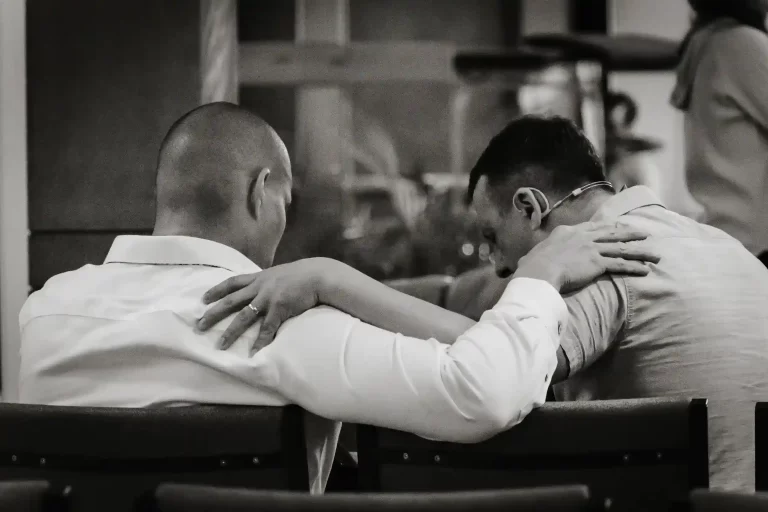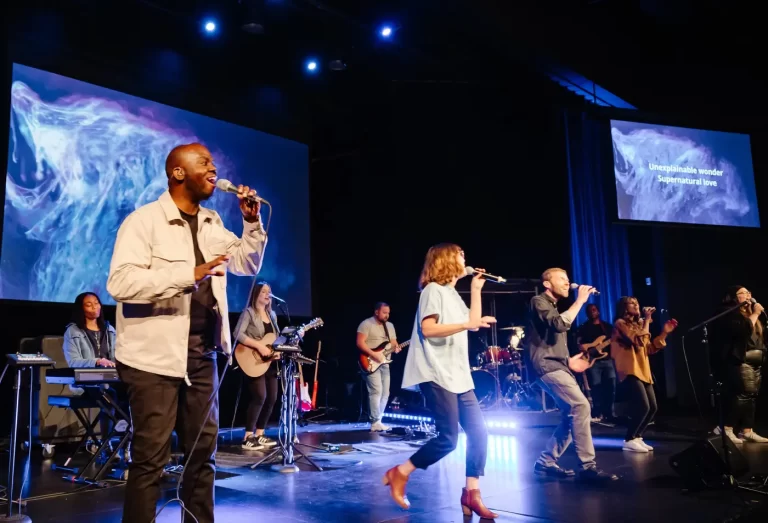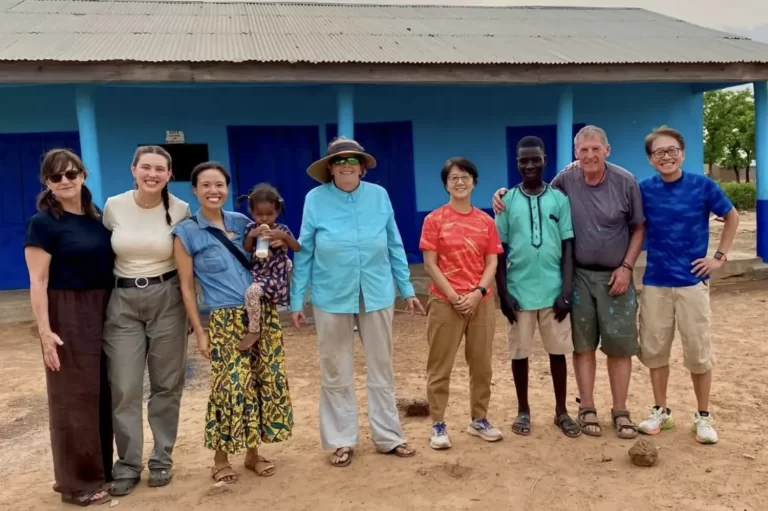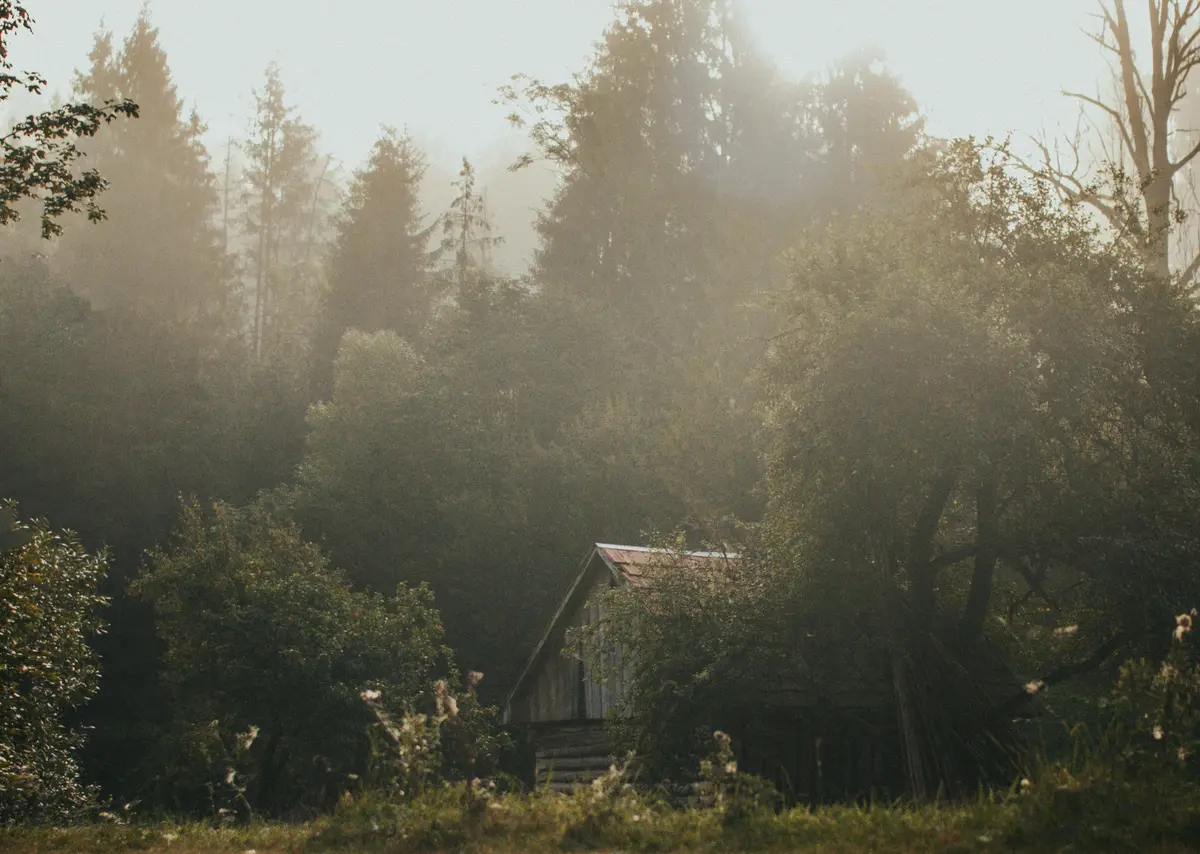
The Rabbi’s Gift: A Parable for Sanctification
Here is the slumbering Christ, stirring to be awakened, to become the soul we clothe in earthly form and action. And He is within us all.
Thomas Kelly (1893-1941)
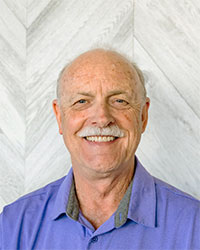 A mentor of mine loved to tell this parable from the Desert Fathers (early Christian monks), and it offers a thought-provoking entry point as we reflect on the big word “sanctification” this weekend.
A mentor of mine loved to tell this parable from the Desert Fathers (early Christian monks), and it offers a thought-provoking entry point as we reflect on the big word “sanctification” this weekend.
There was a monastery that had fallen upon hard times. Once a great order, as a result of waves of anti-monastic persecution in the 17th and 18th centuries and the rise of secularism in the 19th, all its branch houses were lost and it had become decimated to the extent that there were only 5 monks left; the abbot (the head of a monastery) and 4 others, all over 70 in age. It was clear the order was nearing its end.
In the deep woods surrounding the monastery, there was a little hut that a rabbi from a nearby town occasionally used for a hermitage (a small shelter for solitude and prayer). Through their many years of prayer and contemplation, the old monks had become a bit psychic, so they could always sense when the rabbi was in his hermitage. “The rabbi is in the woods, the rabbi is in the woods again”, they would whisper around.
As he agonized over the imminent death of his order, it occurred to the abbot to visit the hermitage and ask the rabbi if, by chance, he could offer any advice that might save the monastery. The rabbi welcomed the abbot. But when the abbot explained the purpose of his visit, the rabbi could only commiserate with him, “I know how it is,” he exclaimed. “The spirit has gone out of the people. It is the same in my town. Almost no one comes to the synagogue anymore”.
So, the old men wept together. They read parts of the Torah and quietly spoke of deep things. The time came for the abbot to leave. They embraced: “It has been a wonderful thing that we should meet after all these years,” the abbot mused, “but I have still failed in my purpose for coming. Is there nothing you can tell me, no piece of advice you can give me that would help me save my dying order?”
“No, I’m sorry,” the rabbi responded. “I have no advice. The only thing I can tell you is that the Messiah is one of you.”
When the abbot returned to the monastery, his fellow monks gathered around: “Well, what did the rabbi say?”
“He couldn’t help. We just wept and read the Torah together. The only thing he said, just as I was leaving—something cryptic—was that the Messiah is one of us. I don’t know what he meant”.
In the days and months that followed, the old monks pondered this and wondered whether there was any possible significance to the rabbi’s words: The Messiah is one of us? Did he mean Father Abbot? He has been our leader for more than a generation. On the other hand, he might have meant Brother Thomas. Certainly, Thomas was a man of light.
Certainly, he could not have meant Brother Elred. Elred gets crotchety at times. But come to think of it, he always had your back and was usually right. Often very right. Maybe the rabbi meant Brother Elred. But surely not Brother Philip. Philip is so passive, a real nobody. But then, almost mysteriously, he had a gift for always being there when you needed him. Maybe Philip is the Messiah.
Of course, the rabbi didn’t mean me. I’m just an ordinary person. Yet supposing he did. Suppose I am the Messiah? Oh, Lord, not me. I couldn’t be that much for you, could I?
As they contemplated in this manner, the old monks began to treat each other with extraordinary respect on the off chance that one among them might be the Messiah. And on the off chance that each monk himself might be the Messiah, they began to treat themselves with extraordinary respect.
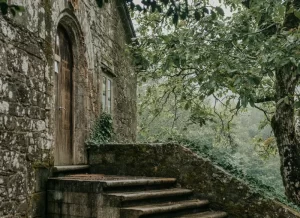
Because the forest in which it was situated was beautiful, it so happened that people still occasionally came to visit the monastery to picnic on its tiny lawn, to wander along some of its paths, even now and then go into the chapel to meditate. As they did, without even being conscious of it, they sensed the aura of extraordinary respect that now began to surround the five old monks and seemed to radiate out from them and permeate the atmosphere. There was something strangely attractive, even compelling, about it. Hardly knowing why, people began to return more often to picnic, play and pray. And they began to bring their friends. And their friends brought their friends.
Then it happened that some of the younger men who came to visit the monastery started to talk more and more with the old monks. After a while, one asked if he could join them. Then another. And another. So, within a few years, the monastery had once again become a thriving order and, thanks to the rabbi’s gift, a vibrant center of light and spirituality in the realm.
What was the Rabbi’s gift? What did he give the monks?
Obviously, none of them was the “real” Messiah; only Christ himself. No, the gift that the monks were infected with was the likeness of the Messiah, what we call “Christ-likeness”—which is the goal of every follower of Jesus Christ—to look like, act like, be like, to dispense love, acceptance, grace and forgiveness like the person we claim to follow.
Some of you might think, like the bewildered monks, that it would be arrogant and presumptuous to identify with the Messiah: “I couldn’t do that. I’m too ordinary. I’m not good enough.”
Let me correct your thinking. Something is wrong with the concept of Christianity if it seems arrogant to identify with Jesus. That is exactly what we are supposed to do. That is what Christianity is all about—the imitation of Christ. And this is the doctrine of sanctification in action. It is the work of God Himself in a believer to awaken the slumbering Christ within us all.
At regeneration, we are born again, and it is no longer we who live but Christ who lives within us (Galations 2:20). Instantly, the Author of the Bible takes up residence within you. You become His temple or dwelling place—sanctified, set apart, created to be like God—truly righteous and holy (Ephesians 4:24).
While regeneration is instantaneous, sanctification is a process whereby our outward behaviour, emotions, thinking, attitudes, relationships, indeed our entire being, gradually begin (in a holistic sense) to align with the inward reality of a perfect Holy Spirit living within us. We actually begin to look more and more like who we really are—persons in whom the Spirit of God dwells.
But alas, it is a journey, a lifelong one. So be patient, dear pilgrim. Step forward, one day at a time, with confidence knowing that He who has begun that good work in you at regeneration will now continue to perform it until the day of Jesus Christ (Philippians 1:6). Your lifelong ascent to holiness and Christ likeness—aka The Rabbi’s Gift—aka “sanctification”–has begun and will continue until by His grace you will look on His face. And oh, that will be glory for you! Until then …
May God himself, the God of peace, sanctify you through and through. May your whole spirit, soul and body be kept blameless at the coming of our Lord Jesus Christ. The one who calls you is faithful, and he will do it.
(1 Thessalonians 5:23-24 NIV)
Written by Jerry Orthner, the Senior Adults Pastor at FAC
What if we treated ourselves and others as though Christ was at work within us? Join us at any of our campuses this weekend, August 23/24, as we explore how Christ shapes us through sanctification and what that could look like in everyday life.

